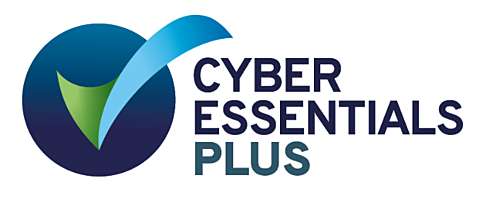Consultant
Is your board diverse and inclusive - what helps?
3 Aug 2020
What does it mean?
The term ‘Diversity and Inclusion’ is often thrown around but what does it actually mean? Of course, it can mean different things to everyone but to us, promoting diversity is about recognising that everyone is different. Inclusion is about positively welcoming different knowledge, perspectives, experiences and working styles, and creating a working environment that values the contribution each individual makes.
What are the benefits?
The benefit is in the name itself – diversity of thought and an inclusive culture to attract and retain talent. Having a diverse board allows for different perspectives to be brought to the table with the inclusive nature allowing for the different thoughts to be welcomed and heard. Studies show a board that factors in diversity and inclusion is likely to be more able in making informed decisions on complex issues. They draw upon a more diverse set of competencies and knowledge. This is a sweet spot for trustee boards.
Why now?
Diversity and inclusion is a hot topic in society with the ongoing Black Lives Matter (BLM) movement. For scheme boards, the Pensions Regulator’s (tPR) declared interest in improving trustee diversity is now back on their agenda. It’s here to stay for corporate and non-profit boards. Evidence in some corporate trustee firms shows their average trustee age is reducing and there are more women but still little ethnic mix. Across trustee boards more generally, studies show there is still a way to go to improve diversity in terms of age, gender and range of backgrounds, ethnicities. Boards with more diversity do work at it.
Why our board?
Trustee board composition and size, the range of skills, backgrounds and experience are part of good succession and appointment work. Experience of Covid-19 has helped put this higher up the agenda for quite a few boards: key person risks; a change in interest to serve – in either direction; ways to tap into the deferred membership whilst applying sensible principles; often a more diverse mix of member views, concerns and actions for trustees to take into account; and a more complex relationship to navigate with the sponsor, to name a few. You may find there are additional ways to position roles and talk to the types of person you seek and development the role affords, to increase interest for company and member nominated roles.
What can I do on D&I?
- Start the conversation and consider appropriate training – take some time as a board to educate yourselves on diversity and inclusion and assess where you stand – what is good, what can improve.
- Consider your diversity and inclusion objectives – what are you trying to achieve as a board, and for members? When by? Setting this out means you are more likely to do something positive to action it.
- Sign up to a Diversity and Inclusion Policy – shaping your Policy and making it available on the member website is a practical statement about D&I objectives and why they are important.
- Monitor diversity and inclusion regularly – it is not a one-time thing. Monitor how you are doing on objectives. At the very least, make it part of trustee recruitment and induction and in member work.


